As the plates, which are huge land masses that make up our world, move, they change the visible geological shapes and rift valleys emerge. The most famous of these is the Great Rift Valley in East Africa. This region is also an important area where the first traces of humans are found and is on the World Heritage list.
Plates, which are large land masses, have been moving since the day our world was formed. As a result of this movement, our earth is reshaped and many different geological shapes emerge. One of them, and the most famous, is the region in East Africa that we call the Great Rift Valley. Great Rift Valley over millions of years It has undergone a great change as a result of plate movements.
The rift system, which includes the Great Rift Valley, which is thousands of kilometers long, extends to our country. The depression we encountered in the region It is also considered to be the largest fault line in the world. Another important point is that important finds about the first people were obtained during the excavations in the region. Let’s take a closer look at questions such as what is the Great Rift valley, where and how it was formed.
First of all, let’s get to know the region; What is the Great Rift Valley and where is it?
It stretches from the northern part of Ethiopia to the central part of Mozambique in the East African region. The Great Rift Valley is approximately 6400 kilometers long. While its width varies between 30 and 100 kilometers, its depth can sometimes go down to thousands of meters. Its deepest point is about 4500 meters.
Discovered and named by explorer John Walter Gregory, the area is also The world’s largest fault line It is considered. Its influence extends to a wide geography such as the Red Sea, the West Bank, Lebanon and the Amik Plain. The East Anatolian Fault Line and the North Anatolian Fault Line, where it joins, are included in the rift system of the Great Rift Valley.
How did the Great Rift Valley form over millions of years?
If we look at the theory of plate tectonics, plates with large land masses move due to magma drift. Plates collide, peel off, move away constantly during movement. As a result of the lateral stripping movement of these plates, rif systems are formed. The Great Rift Valley was also formed as a result of such movement.
The Great Rift Valley formation process is thought to have begun in the early oligocene period, 30 million years ago. Its formation is completed at the end of the myocema period, about 8 million years ago. Of course, we cannot talk about a definite completion because, according to the examinations, it is seen that the valley is still expanding by 1 mm per year.
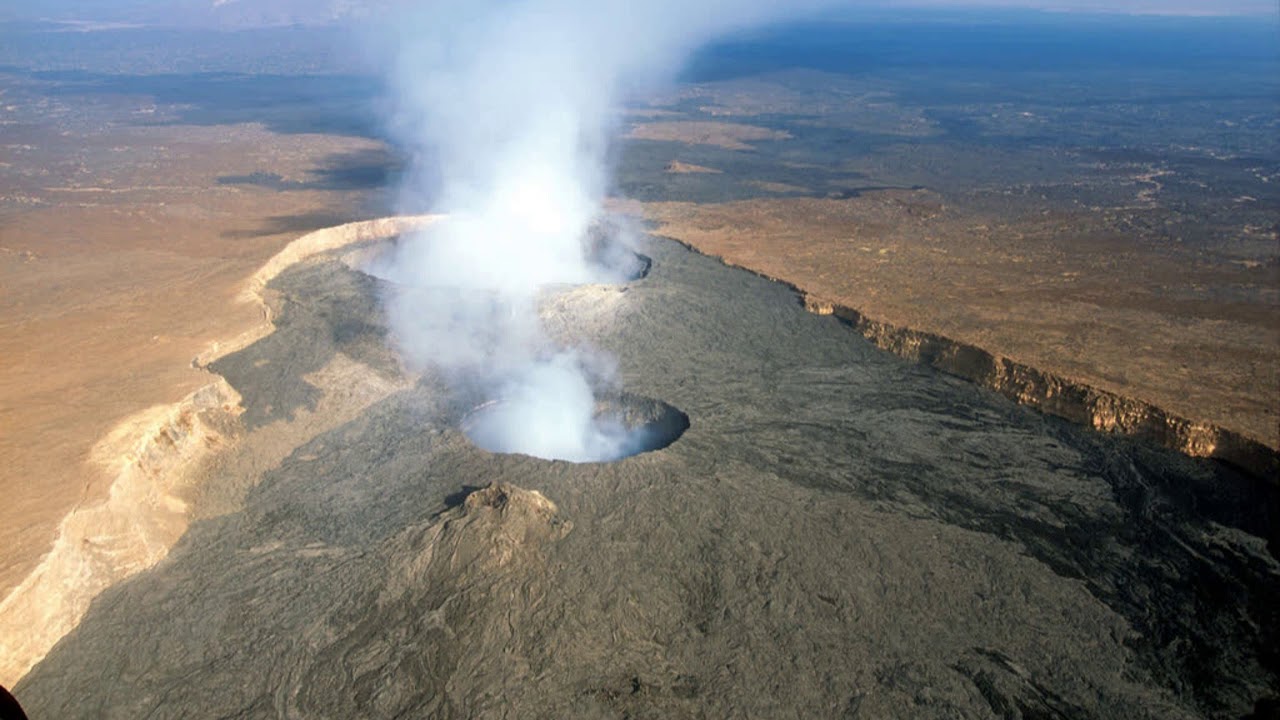
During the Great Rift Valley formation process, the geographical structure of the region also changed:
Beginning 8 million years ago, when the formation of the Great Rift Valley began to be completed, the region has been uplifted. The reason for this rise is stretching of the two plates forming the rift system from both ends and some of it collapses and some rises. Another reason for the rise is heat movements. Mantle movements that cause plate movement also create heat exchange and the soil swells like a cake.
Large tropical forests are normally expected here, as the region of the Great Rift Valley stretches along the equator. However In the rift system, which is caused by plate movements, the soil has become dry because it has risen. For this reason, savanna-like grasses are dense. What is more interesting is that the geographical change in question also affected the ecosystem and the living population in the region evolved accordingly.
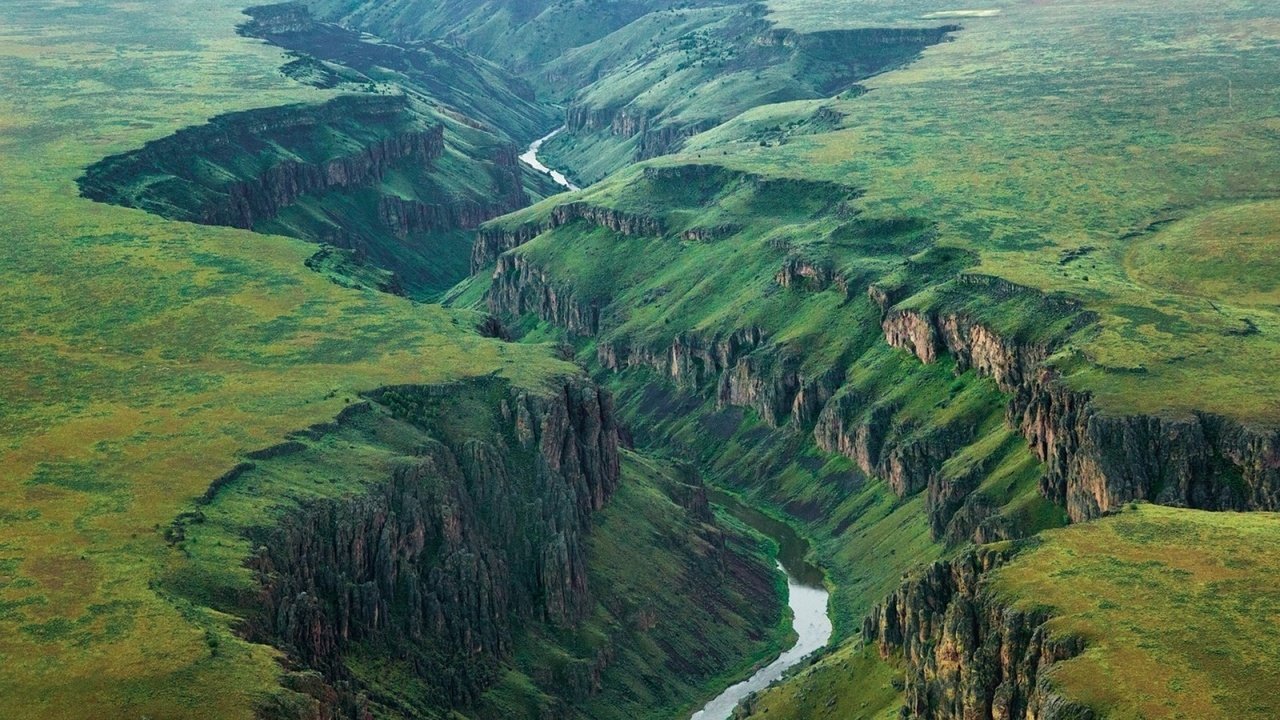
Thousands of kilometers of rift systems are powerful enough to change the evolutionary process:
When we take into account the thousands of kilometers covered by the Great Rift Valley, as well as the vast area it affects. We see that it has not only a regional but also a global impact. Considering that the first evidence of humans is in this region, we can say that the great raft system in question even affected the history of humanity.
Both topographic and geological changes experienced during the formation of the region, The trade wind and similar causes change in airflow behavior. After this change, not only the region, but also the climatic structure, vegetation, living species, and therefore the entire ecosystem in the surrounding regions undergo changes.
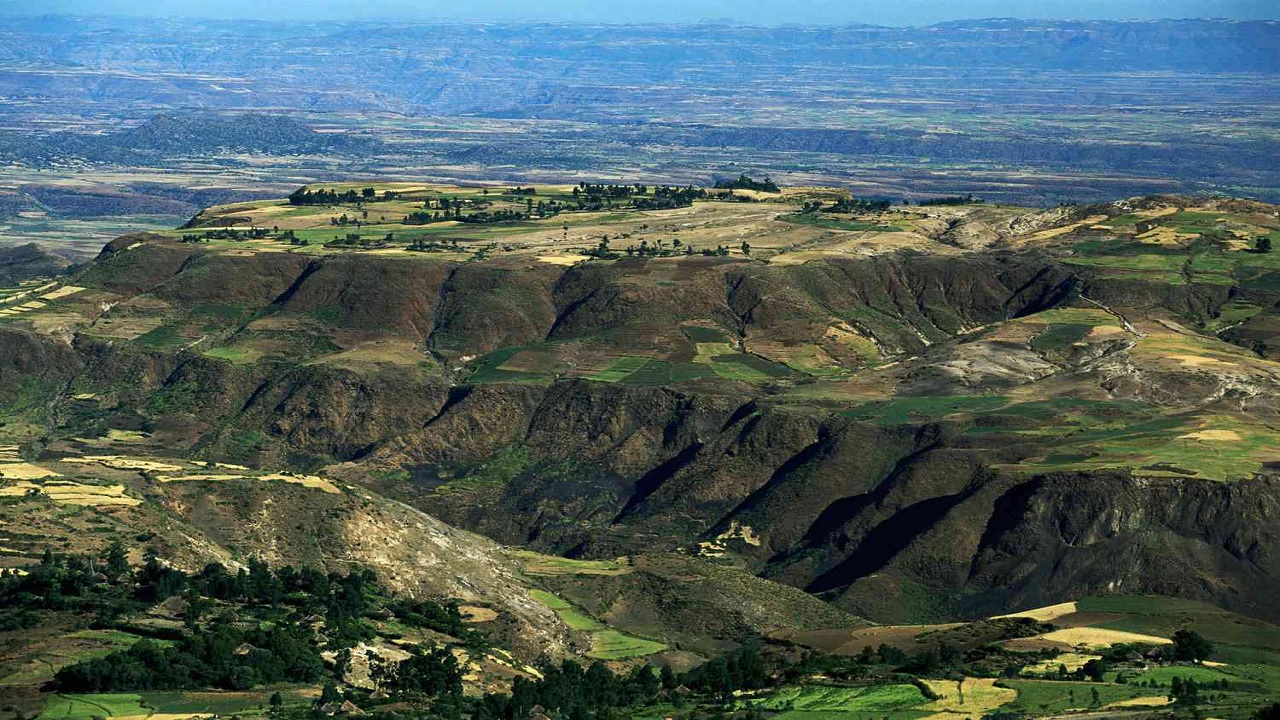
Humanity’s first home, the Great Rift Valley:
French Maurice Taieb and American paleontologist Donald Johanson with their team In 1974 they conducted a series of paleoanthropological studies in the area around the Omo River of the Great Rift Valley. They found a skeleton, a human skeleton, as well as a set of quartz tools dating back 2.4 million years.
Of course, the 3.2-million-year-old, 105-cm-tall female skeleton named Lucy wasn’t exactly human. It is a human-like bipedal genus called Australopithecus afarensis. Nevertheless, it is extremely important as it is considered one of the rings of the evolutionary process. The Omo District was listed as a World Heritage Site by UNESCO in 1980.
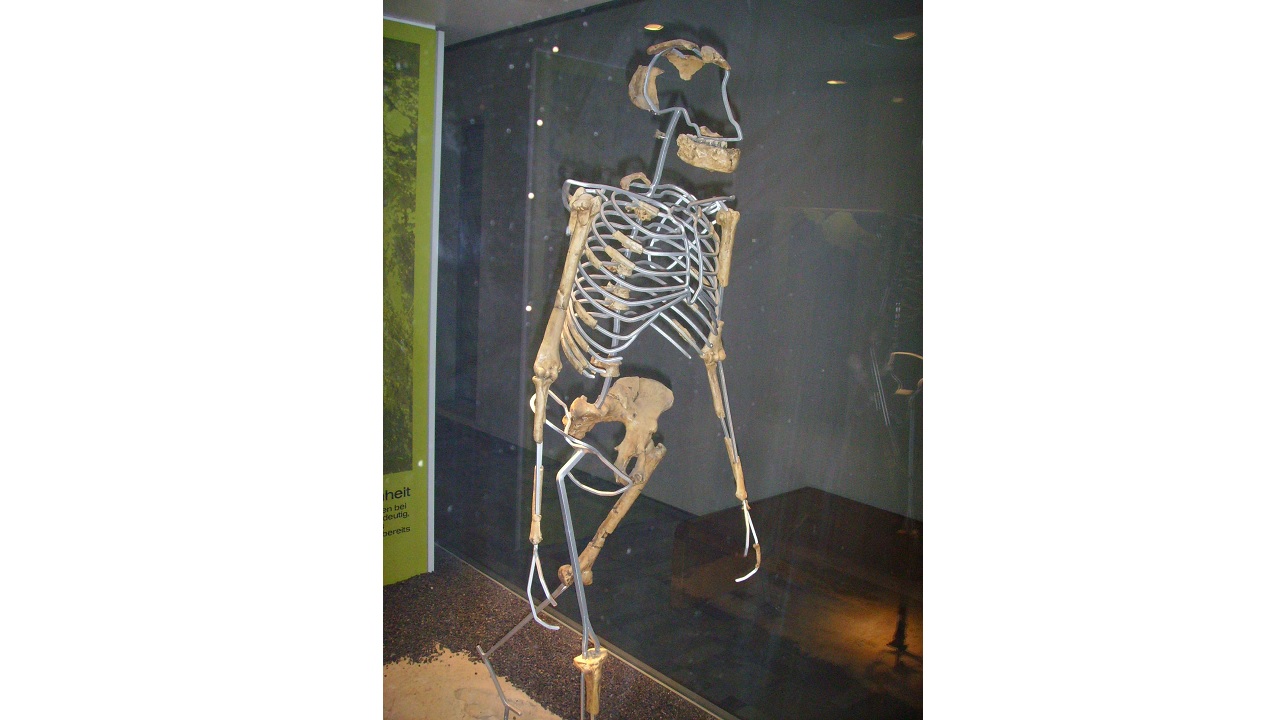
But why is the Great Rift Valley important?
The rift system in which the Great Rift Valley is located is, of course, first of all a natural wonder when viewed from the outside. When we look a little closer exhibits unique beauties in terms of its ecosystem. When we look a little closer, it presents us with great evidence of the development of our world and humanity.
Where people came from, how they got to where they are today and why they are today are among the most important study subjects of scientists. The hominid fossils found in the Great Rift Valley and the region itself In fact, it largely explains such questions. Because the world and man developed together.
For example, maybe the reason for the disappearance of the Australopithecus afarensis hominid The Great Rift Valley may be uplifted and arid due to plate movements. Perhaps due to the drought experienced, humanoids and other creatures in the region migrated to different regions and formed the present ecosystem. All these serve as bright beacons illuminating our past.
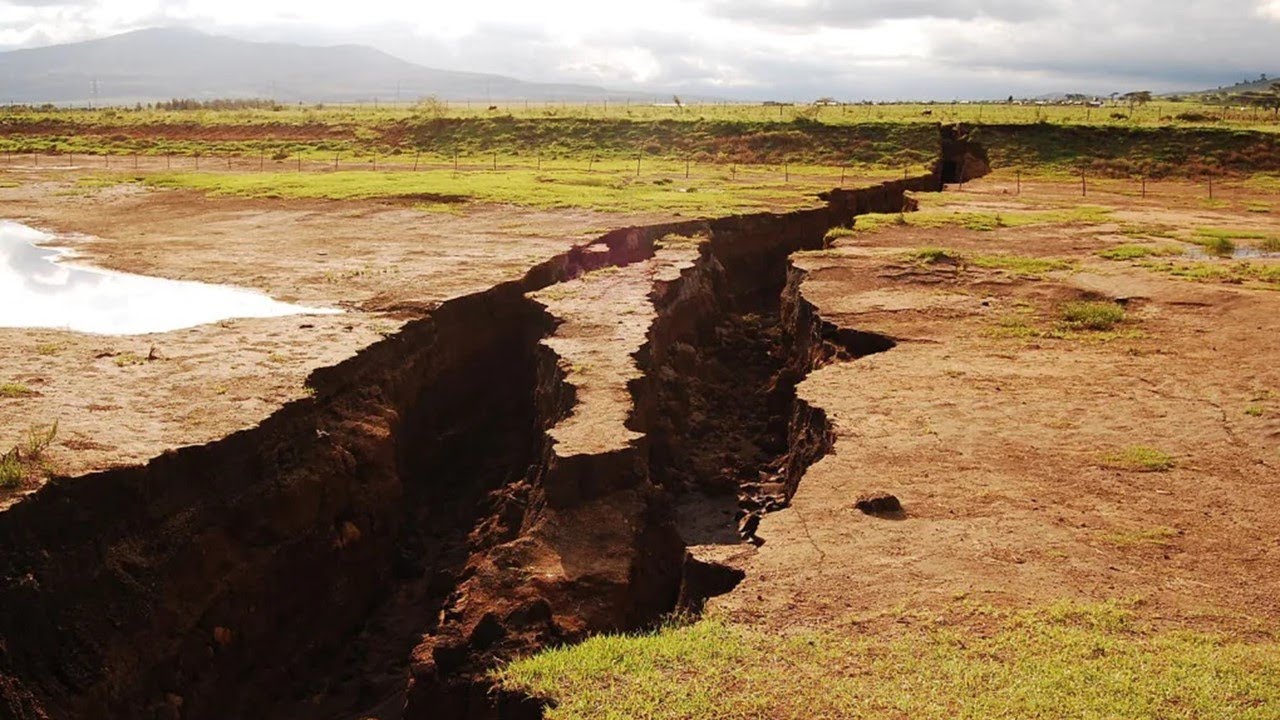
So are there any other examples of rift systems?
There are also countless. Oceanic and continental plate boundaries are in constant motion. When magma heat movements are added to these stresses, On the one hand, the crusts are cracking, on the other hand they are breaking, on the other hand they are collapsing and on the other hand they are rising. Thus, new rift systems and rift valleys are formed.
Of course, the Great Rift Valley is the largest rift system ever formed, with a length of 6400 kilometers and a depth of thousands of meters. In fact, what makes this place unique is that it does not meet the ocean. Rift systems much larger than the Great Rift Valley actually exist under the ocean. The reason why such a large valley was formed is that it did not meet with the sea or the ocean and was not filled with water.
As one of the most effective results of plate movements, We answered questions such as what is the Great Rift Valley and where is it. The fact that the changes in the world affect people deeply is actually an important issue that we should put our hat on and start thinking about.
